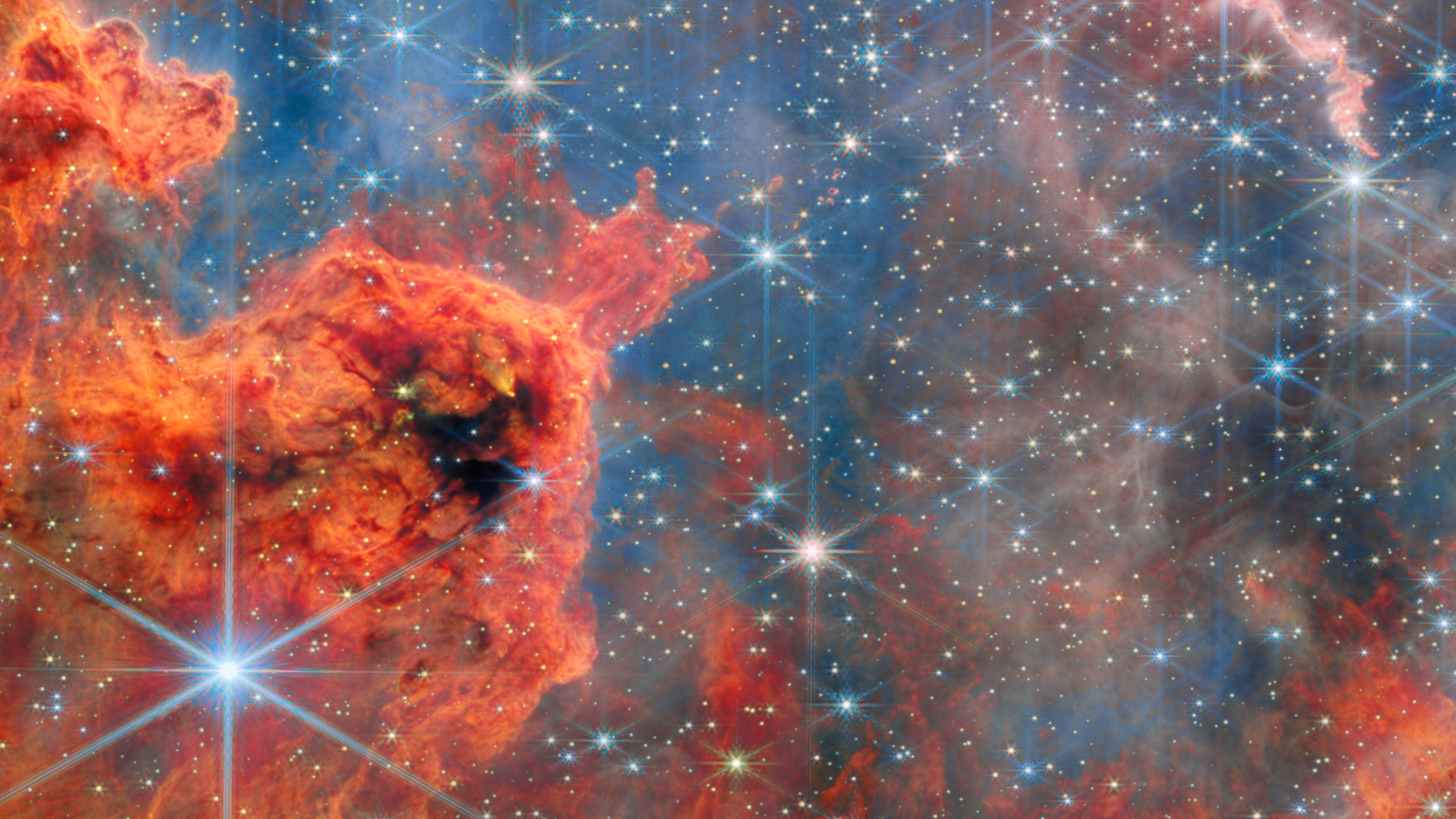Emit dust-tracking instrument on space station snaps its 1st first views of Earth
EMIT will address the question of how mineral dust from the arid regions of Earth affects our planet’s climate.

A new instrument, recently attached to the International Space Station, has taken its first look at Earth, revealing the chemical composition of mineral dust from Australian deserts.
The instrument, called Earth Surface Mineral Dust Source Investigation (EMIT), flew to the orbital outpost aboard a SpaceX Dragon cargo capsule on July 14 and was installed on the space station's truss one week later.
EMIT made its first measurements on July 27, according to NASA, as the space station passed over Western Australia.
Developed by NASA’s Jet Propulsion Laboratory in Southern California, EMIT will map the mineral dust produced by Earth’s arid regions to learn more about its effects on the planet's climate.
Related: 10 devastating signs of climate change satellites can see from space
Scientists know that mineral dust originates in deserts and drylands and can get carried from these arid regions by strong winds. Very little, however, is known about the chemical composition of this dust. This means that we don’t know whether the dust contributes to the overall warming or cooling of the planet.
By analyzing the composition of mineral dust, EMIT could help climate researchers better understand how this material impacts climate change. EMIT will do this by collecting the so-called ‘spectral fingerprints’ of mineral dust all over the world. In other words, it will measure how various types of dust absorb light, which will reveal the dust's chemical composition.
Breaking space news, the latest updates on rocket launches, skywatching events and more!
The first measurements from the device were used by the EMIT team to create an image cube that shows the spectral signature of elements in Western Australia, including exposed soils, vegetation, agricultural areas, rivers, and clouds. The device can also measure the signature of light reflected by rock, snow, ice, and human-created structures.
The instrument was powered up on July 24 and was then given 72 hours to cool to its operating temperature before it could begin its first operations.
EMIT’s main mission will begin in August and will see the instrument collect measurements of ten important surface minerals including hematite, calcite, dolomite, and gypsum from arid regions of the planet, NASA said in the statement. This will include the dust-producing regions of Africa, Asia, North and South America, and Australia.
The spectral fingerprint of mineral dust should reveal the relative amounts of dark, sunlight absorbing, iron-rich particles, and sunlight-reflecting light-colored clays.
This means that the spectral fingerprint collected by EMIT could be the key to answering the question whether mineral dust has a cumulative heating or cooling effect on Earth’s climate.
EMIT’s second objective will be to predict how future climate scenarios will change the amount of mineral dust that arid regions release into Earth’s atmosphere.
Follow us on Twitter @Spacedotcom and on Facebook.

Robert Lea is a science journalist in the U.K. whose articles have been published in Physics World, New Scientist, Astronomy Magazine, All About Space, Newsweek and ZME Science. He also writes about science communication for Elsevier and the European Journal of Physics. Rob holds a bachelor of science degree in physics and astronomy from the U.K.’s Open University. Follow him on Twitter @sciencef1rst.
